
As new generations take hold of society, new methods of marketing are introduced into the event planning field. While it is still possible to rely on traditional methods, companies that stay ahead take advantage of social media advertising opportunities as well.
By combining several strategies from social media and non-social media sources, companies can be assured their message is reaching different audiences. Traditional and social media marketing methods bring different strengths and weaknesses to each event planning circumstance.
Social Media
“Facebook has 42 million users, and they’re smart, affluent, Internet-savvy people whom marketers can no longer ignore,” points out Facebook Marketing author Steven Holzner.
First off, Facebook events are “a great way to rally Facebook members around your product, brand, band, or company (Holzner, 101).”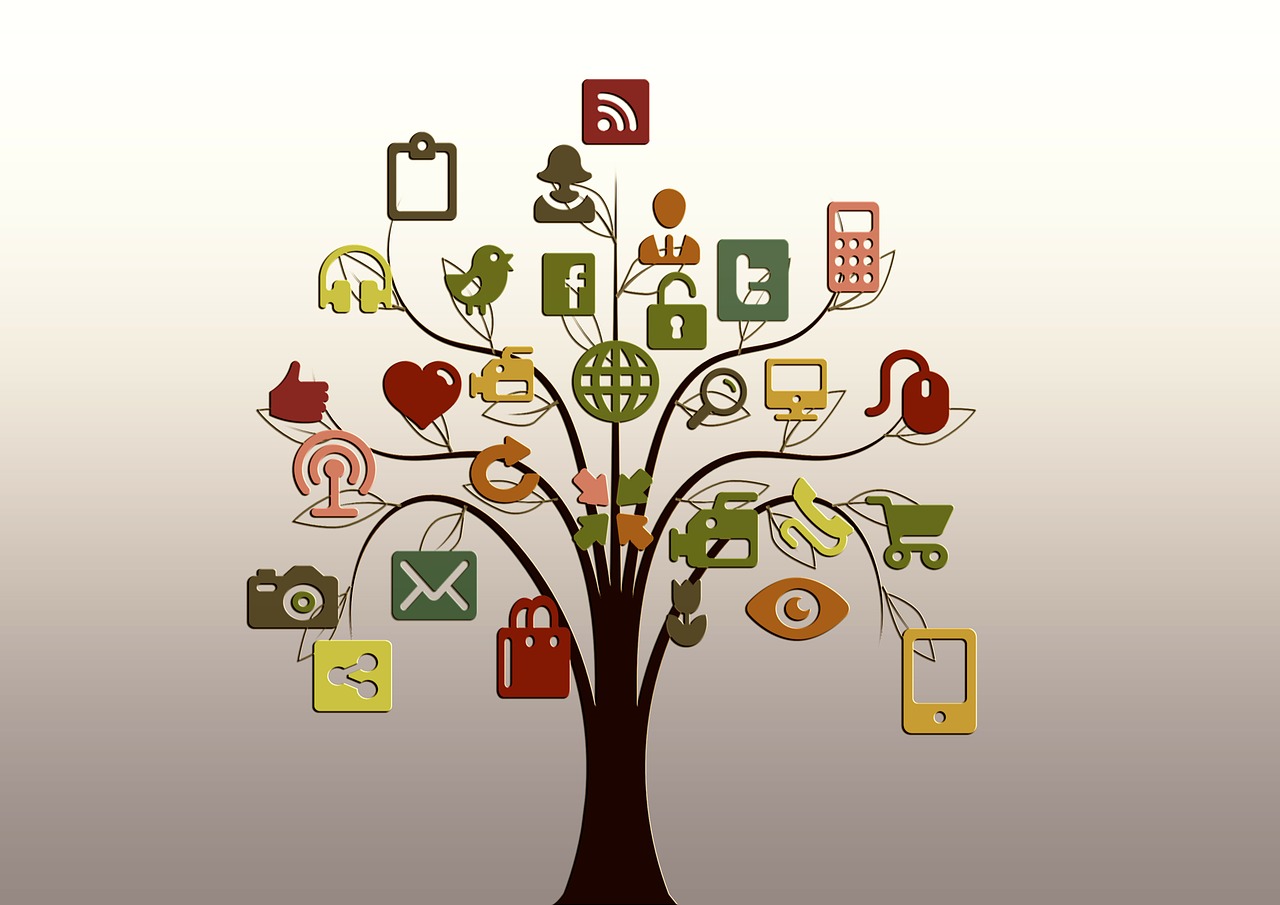
Events can also be advertised through Facebook groups. Participation rates within a group are also usually higher, as members continually join over time. The group page is an excellent opportunity to keep audience members interested over time. As long as the company continually shares interesting company articles, events, etc., the clientele will stay in the group.
Finally, Facebook allows its user-created company pages to advertise their posts in order to attain a higher reach number on the information of interest. Depending on how much a company is willing to spend on that specific post, either a large or small audience will be reached.
While Facebook has completely revolutionized the way companies do business, Twitter has revolutionized the way news is spread. With the trending tweets section, Twitter has shown there is value in branding certain keywords when used by a large social media audience.
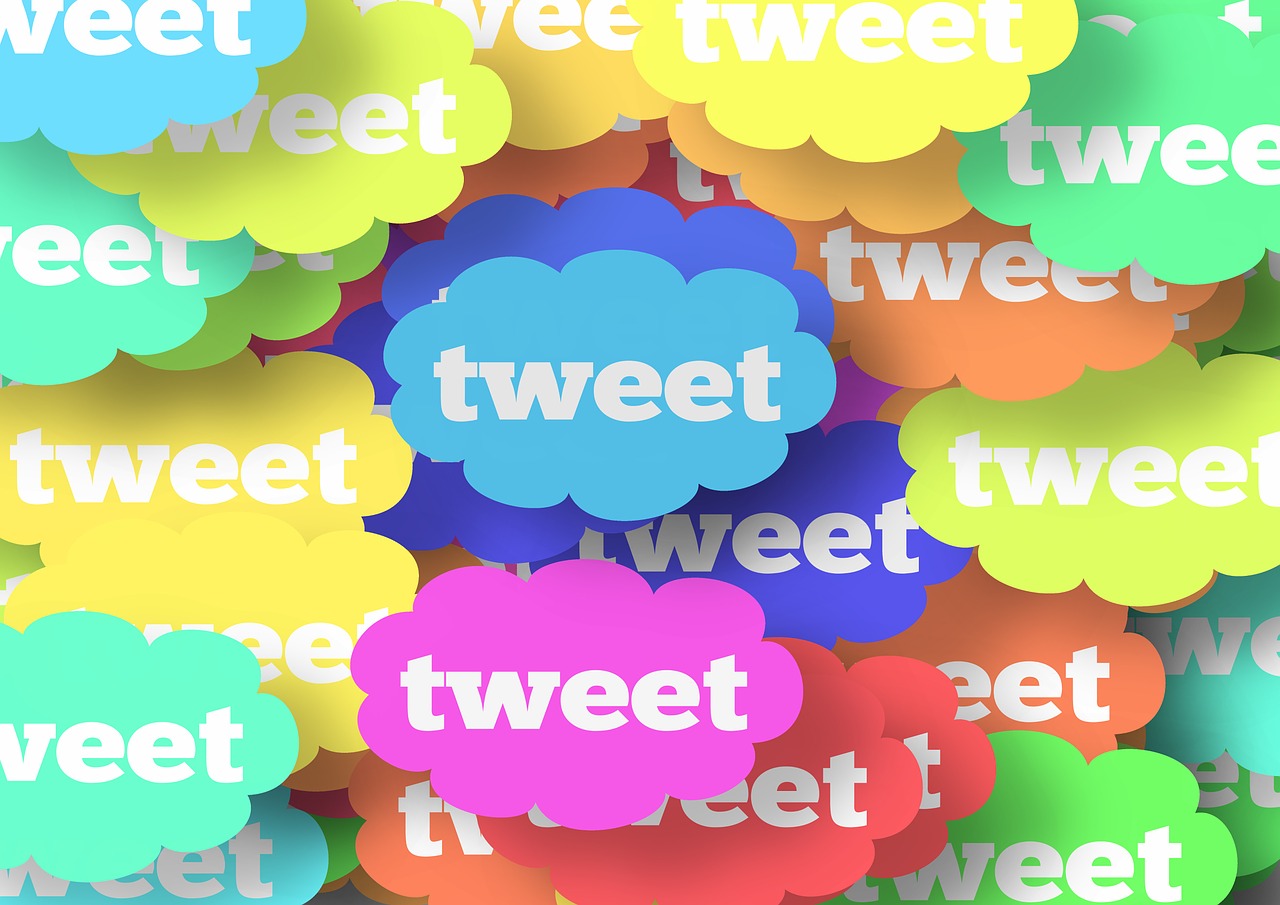 Hashtags are an essential part of Twitter. With them, certain keywords can be connected together. When branding a certain product, idea or event, it is essential to use the same exact hashtag every time the company tweets about the subject of interest. Tim Ware from the Social Media Examiner website explains in saying, “use hashtags to create and curate conversations around your brand.”
Hashtags are an essential part of Twitter. With them, certain keywords can be connected together. When branding a certain product, idea or event, it is essential to use the same exact hashtag every time the company tweets about the subject of interest. Tim Ware from the Social Media Examiner website explains in saying, “use hashtags to create and curate conversations around your brand.”
Hashtags.org writer Vanessa Doctor explains: “Post a few times each day and invite others to retweet your post. Tag other people to start gaining more popularity and see how quickly the hashtag can develop.”
Another great promotional tool for companies is the Twitter Chats function. “A tweet chat is a live Twitter event, usually moderated and focused around a general topic,” describes Forbes writer Steve Cooper. “To filter all the chatter on Twitter into a single conversation a hashtag is used.”
A Twitter chat is an excellent opportunity for a company to gather interested event attendees at one time and either educate them on the event or convince them why they should come.
Traditional Media
Creative Marketing – posters, photos and video advertisements
Creative advertisements are an opportunity for those in the company with design talent to come in. This can include materials such as promotional posters, photos and videos. “The key in this scenario is the consistency,” points out The Event Marketing Handbook author Allison Saget(93). “ It’s the fundamental principle that I apply in branding events.”
Any promotional design can also be uploaded on to the Internet and passed around through a variety of methods (email, social media, blogs, etc.). The only thing companies will need to watch out for regarding this method is printing costs for flyers and pictures.
Newspaper Ready Materials – press release, fact sheet, backgrounder, boiler plate
Newspaper-ready materials are perhaps some of the most fundamental public relations works throughout this profession’s history. These materials include pieces such as the press release, fact sheet, backgrounder and boiler plate.
 The purpose of these materials is to prove to the press/media that the event the company is putting on is worthy enough to write about. If a media source is located around the same location as the company and writes about the event, then those living in that area will hear about the event.
The purpose of these materials is to prove to the press/media that the event the company is putting on is worthy enough to write about. If a media source is located around the same location as the company and writes about the event, then those living in that area will hear about the event.
This pays tribute to a marketing tip given by Successful Event Management authors Shone and Parry(151): “The key to how an event will be marketed is the target market itself – knowing what kind of people will attend, where they live and how can they be influenced to attend.”
Email/newsletter list
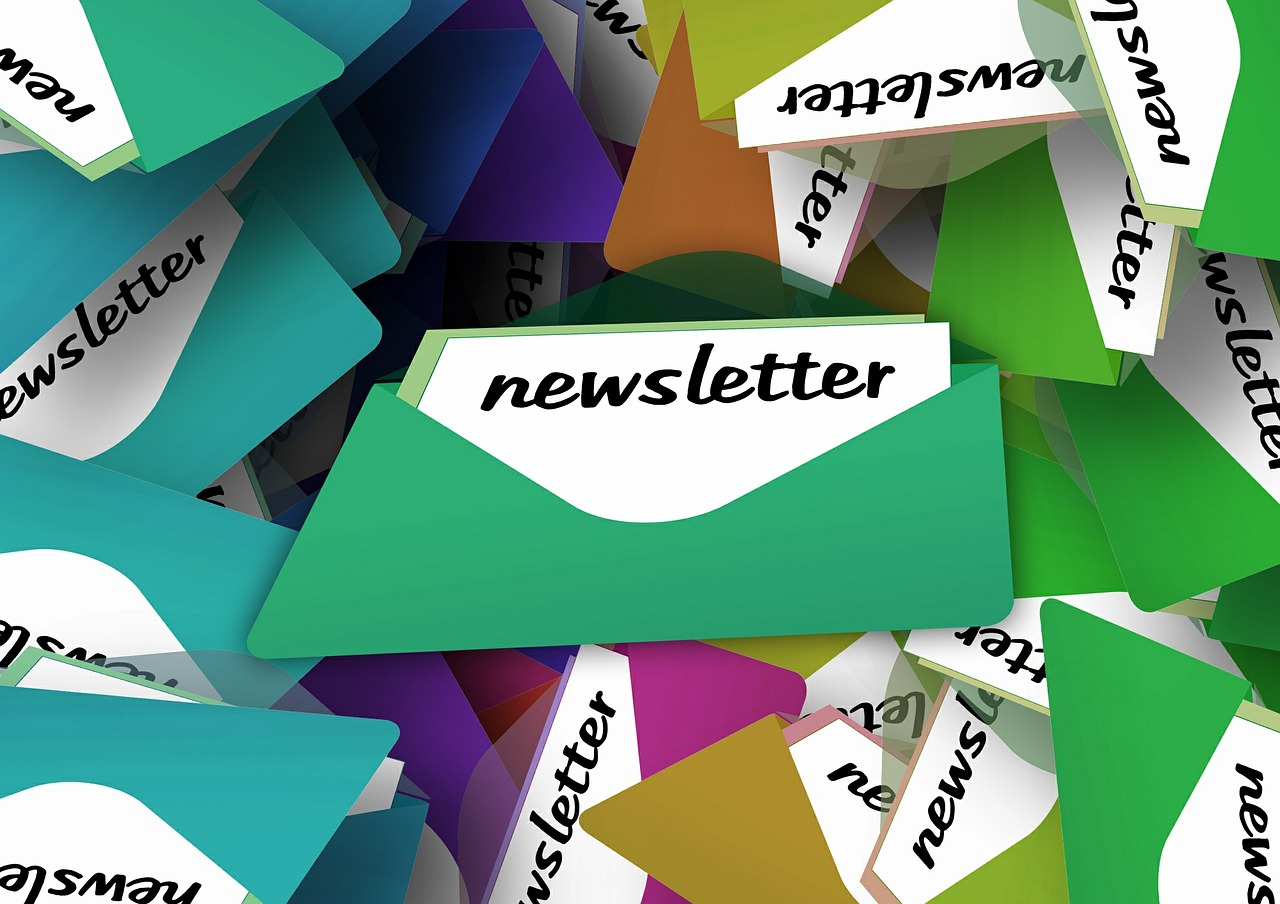 An email/newsletter list is something that a company can utilize to accomplish several objectives. Once an audience member or interested patron has filled out the necessary information on the company’s main website, they will be apart of the group email blast. This email/newsletter list is a way for the company to keep connected with their audience outside of in-person and social media.
An email/newsletter list is something that a company can utilize to accomplish several objectives. Once an audience member or interested patron has filled out the necessary information on the company’s main website, they will be apart of the group email blast. This email/newsletter list is a way for the company to keep connected with their audience outside of in-person and social media.
Like article writing, companies should give their audience an initiative to read the email about the company. In other words, the reader should ask the question “what’s in it for me?” and have that question fulfilled through reading the email.
ThriveHive article writer Haan advises companies in saying, “To get as many customers as possible to open your emails, you need to commit to sending emails over a period of time.”
Comparing Traditional vs. Social Media
Social Media
Advantages:
- Can be spread quickly and instantaneously
- Use online groups and pages to update and communicate in an user-friendly, accessible way
- Use paid advertising to reach people that will be guaranteed to see your message
- Smart phones/devices allow users to access information almost anywhere in the world
Disadvantages:
- Requires an account that must be set up
- Not catered to older generations or other people who lack the technology knowhow to use social media.
- Paid advertising must be used to reach a large number of people, which can be very costly
- Notifications about event updates or invites can be overlooked due to the sheer number of notifications a person receives on a daily basis.
Traditional Media
Advantages:
- Applies to every person that has the ability to read – all generations currently read newspapers and newsworthy articles
- Creative materials can be placed around town to reach all target audience members
- Creative materials list all event information while using design to “spice up” the event
- Newspaper coverage will make the event not only more respected, but better promoted
- Press releases are a professional-level way of promoting company news
Disadvantages:
- Email blasts may be overlooked by the sheer number of emails received on a daily basis
- Creative materials, such as flyers and pictures, can run pricey when printed off in large amounts
- Paper newspapers may not be as strong of a promotional tool as in earlier generations, social media is the new face of paper newspapers
- Usually only professional staff will read press releases, general public more apt to read about information shared on social media
Conclusion
Companies should combine the tactics of traditional and social media in order to reach the highest level of promotion success. The profession of event planning is in a state where methods from several generations of public relations work need to be enacted for event success.
Ultimately, Traditional and social media marketing methods bring different strengths and weaknesses to each event planning circumstance. In order to successfully spread a message through transmedia marketing, one must use all mediums at hand.
- MMG Marketing Intern Andrew Eppen
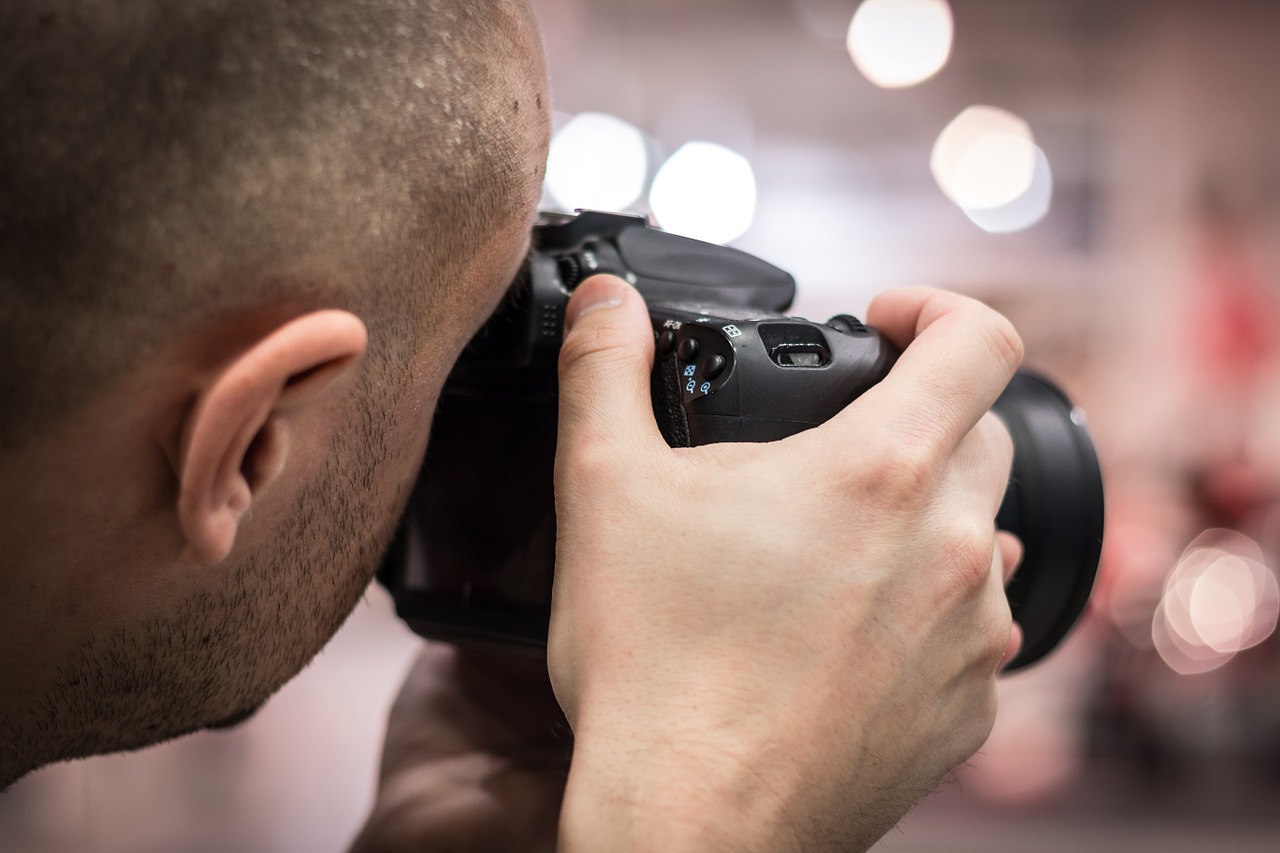
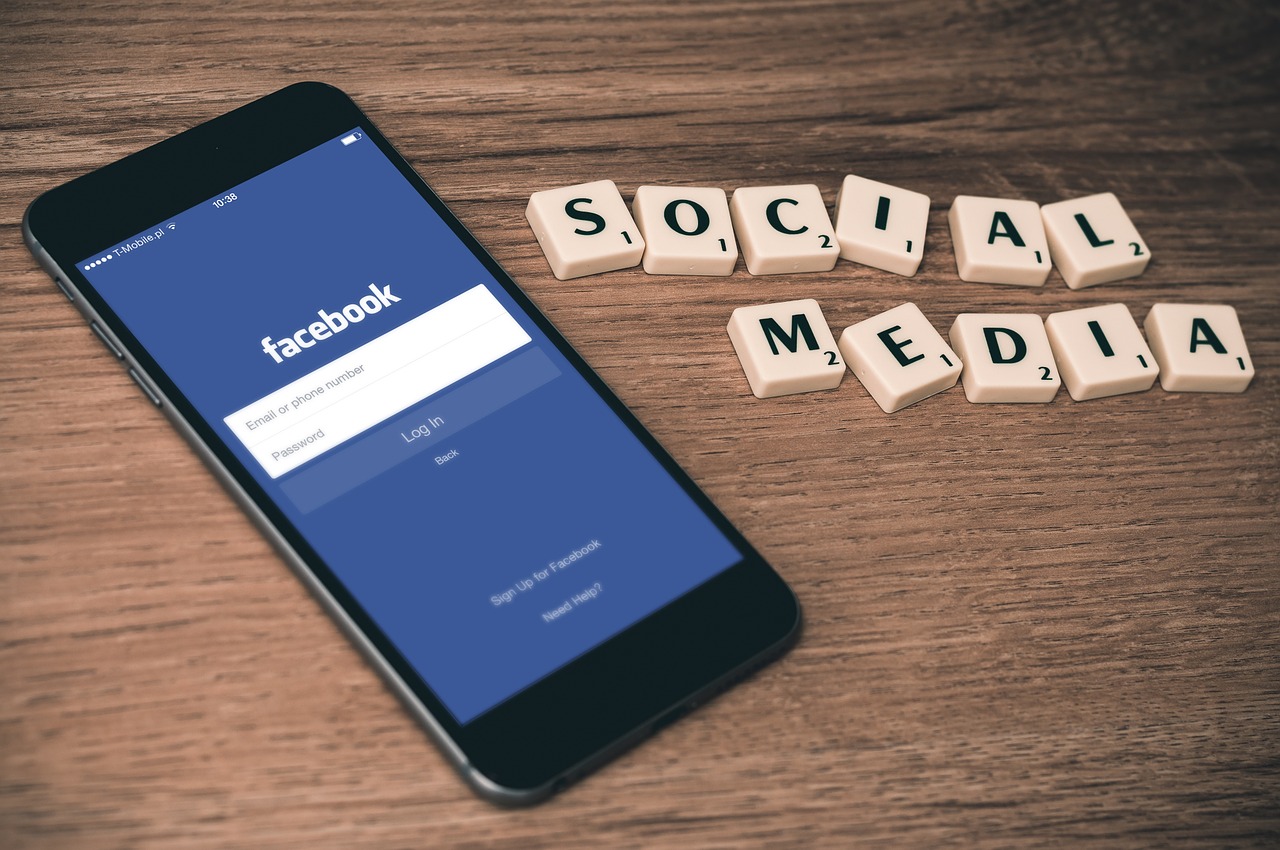

Recent Comments